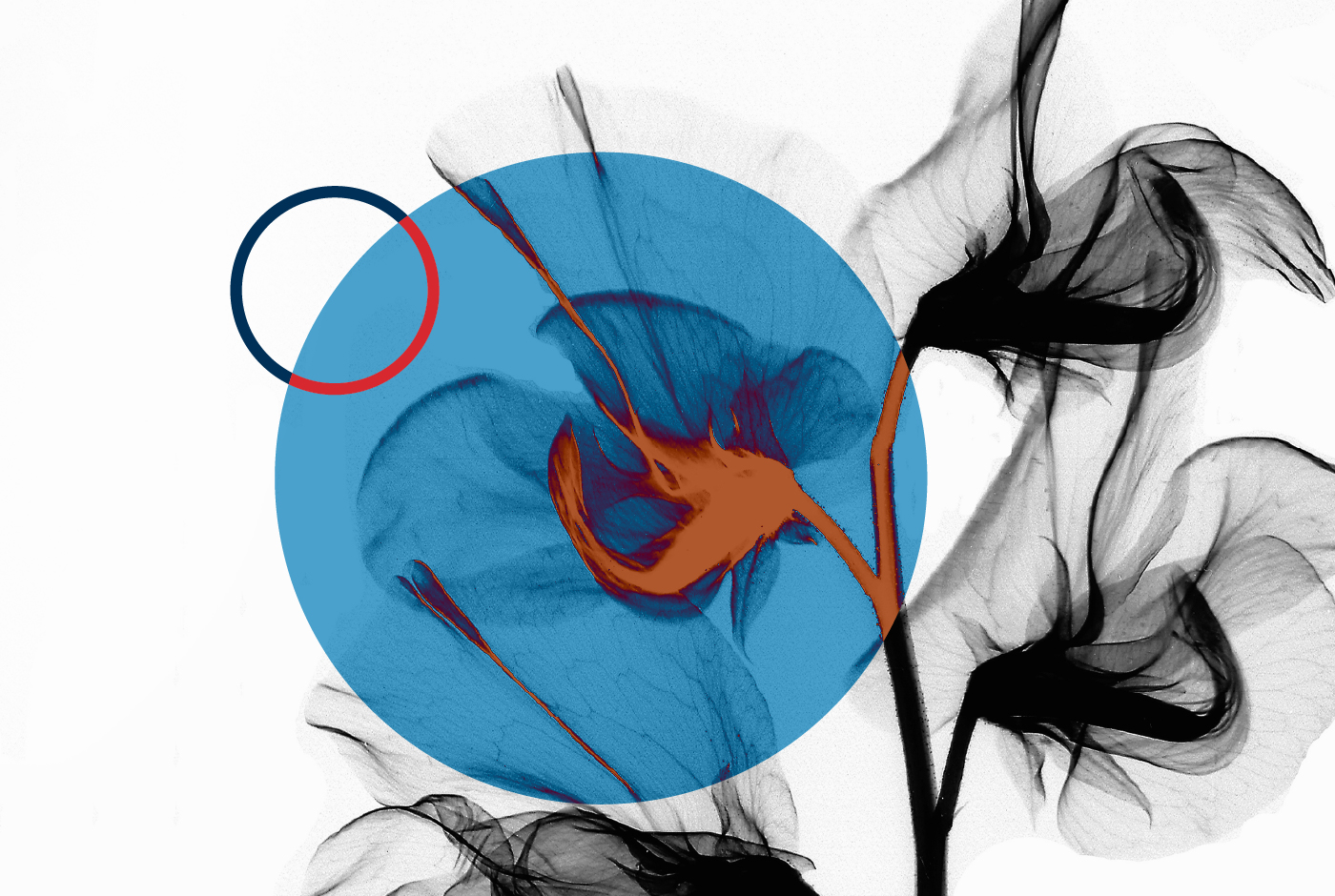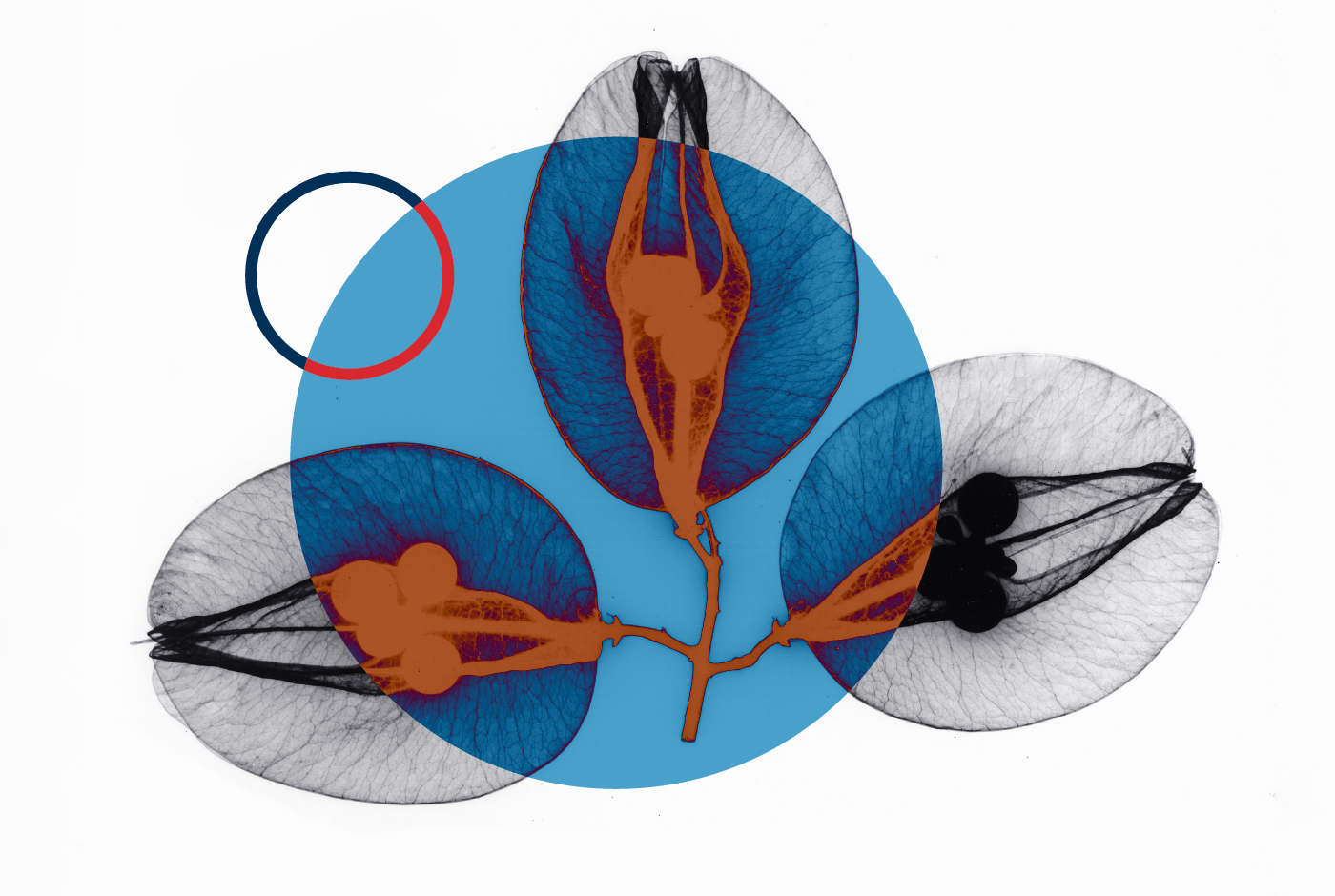What is nuclear medicine?
Nuclear medicine is a specialised field that uses radiopharmaceuticals (safe, carefully controlled radioactive substances) to detect, understand, and sometimes treat a wide range of medical conditions.
Unlike traditional imaging, which shows the structure of organs and tissues, nuclear medicine provides highly detailed insights into how the body is functioning at a cellular level. This helps monitor treatment effectiveness and guide personalised care plans.
Advanced nuclear imaging techniques include:
- PET (Positron Emission Tomography): This scan highlights cellular activity in the body, making it easier to detect and assess conditions like cancer, neurological disorders, heart disease, infections, and inflammation. PET scans are often combined with CT or MRI for a more detailed diagnosis.
- SPECT (Single-Photon Emission Computed Tomography): SPECT imaging evaluates organ function, such as blood flow to the heart or brain, providing critical insights into conditions like coronary artery disease or cognitive disorders.
- PET-CT: By combining PET’s functional imaging with CT’s (Computed Tomography) detailed anatomical views, PET-CT enhances disease detection, diagnosis, and treatment planning. This hybrid approach allows doctors to pinpoint abnormalities more precisely.
- Hybrid Imaging (SPECT-CT & PET-CT): These advanced imaging techniques merge nuclear medicine with radiology to improve diagnostic accuracy, ensuring more informed medical decisions.
How it helps
Nuclear medicine plays a critical role in modern healthcare by offering insights that traditional scans cannot provide. It supports:
- Early detection: By identifying disease activity at the cellular level, nuclear imaging often detects conditions before symptoms appear, leading to earlier intervention and better outcomes.
- Personalised treatment: Detailed imaging allows doctors to tailor treatment plans based on the specific characteristics of the disease, ensuring more targeted and effective care.
- Monitoring and follow-up: Nuclear scans help track how well treatments are working over time, allowing doctors to adjust therapies as needed and avoid unnecessary interventions.
Understanding what happens during a nuclear medicine scan can help ease any concerns you may have. The process typically follows these steps:
- Preparation: Depending on the type of scan, you may be asked to fast for a few hours beforehand or avoid certain medications. Our team will provide clear instructions prior to your appointment.
- Radiotracer administration: A small amount of radiopharmaceutical is administered, usually through an injection, although it can also be taken orally or inhaled, depending on the type of scan. The substance is safe, and any radiation exposure is minimal, similar to that of a standard X-ray.
- Imaging: Once the radiotracer has been absorbed by the body, you'll be positioned comfortably on a scanning bed. The imaging camera will move around you, capturing detailed pictures of how your organs and tissues are functioning. The scan is painless, and most procedures take between 30 minutes to an hour.
- Post-scan care: After the scan, you can return to your normal activities. The radiotracer naturally leaves your body within a short time, usually through urine or sweat. Drinking plenty of water can help speed up this process.
Our caring team will guide you every step of the way, ensuring your comfort and answering any questions you may have.
PET-CT: A global standard in cancer diagnosis
PET-CT scans are an essential tool for staging, and planning treatment for a wide range of conditions, particularly cancer. This advanced imaging technique combines two powerful technologies: Positron Emission Tomography (PET), which highlights areas of abnormal cellular activity, and Computed Tomography (CT), which provides detailed anatomical images. Together, they deliver a comprehensive view of both the structure and function of tissues and organs, making it easier to detect disease, determine its extent, and plan effective treatment.
How PET-CT works
The process begins with the administration of a small amount of radiotracer, typically a glucose-based substance labelled with a safe radioactive material. Since cancer cells tend to absorb more glucose than healthy cells, the radiotracer accumulates in areas of high metabolic activity. During the scan, the PET component detects this activity, while the CT component provides a precise map of the body, allowing doctors to see exactly where abnormalities are located.
Why PET-CT matters for cancer care
PET-CT plays a crucial role in every stage of cancer management. It helps detect tumours earlier, often before they are visible on other imaging tests. For patients already diagnosed with cancer, the scan provides detailed insights into the size, location, and spread of tumours, helping doctors determine the stage of the disease. This information is vital for determining the most effective treatment approach, whether it's surgery, radiation therapy, chemotherapy, or targeted therapies.
The scan is equally valuable for monitoring treatment progress. By comparing images taken before, during, and after treatment, doctors can assess whether a therapy is working and make adjustments if needed. PET-CT also helps detect cancer recurrence at an early stage, giving patients the best chance for successful treatment.
Conditions commonly diagnosed and managed with PET-CT
While PET-CT is most commonly associated with cancer care, it is also used to evaluate other conditions, such as heart disease and neurological disorders. However, in oncology, it plays a key role in staging and managing cancers such as breast cancer, lung cancer, prostate cancer, colon cancer, cervical cancer, lymphoma, and melanoma.
What to expect during a PET-CT scan
The PET-CT process is straightforward and patient-friendly. After the radiotracer is administered, there is typically a waiting period of 30 to 60 minutes to allow it to circulate through the body. During this time, patients are encouraged to relax quietly to avoid excessive muscle activity, which could affect the scan results.
The scan itself takes around 20 to 40 minutes. You'll lie comfortably on a bed that moves slowly through the scanner, which resembles a large, open ring. The procedure is painless, and our caring team will be there to ensure your comfort throughout.
After the scan, you can resume your normal activities. The radiotracer naturally leaves your body within a few hours, and drinking plenty of water can help speed up the process.
Targeted Radionuclide Therapy
This innovative therapy delivers radiation directly to cancerous cells, minimising damage to healthy tissues. Our team works with oncologists, endocrinologists, and radiologists to provide specialised treatment for conditions such as:
- Thyroid disorders
- Bone pain from cancer metastases.
Your health. Our priority.
At Life Diagnostics, we are committed to providing advanced, compassionate care through cutting-edge nuclear medicine and molecular imaging. Our expert team is here to guide you every step of the way, from diagnosis to treatment and ongoing monitoring, ensuring you receive the clarity and support you need to make informed decisions about your health. Whether you're undergoing a PET-CT scan for cancer staging or exploring targeted radionuclide therapy, you can trust us to deliver precise results with your well-being at the heart of everything we do. If you have any questions or would like to book an appointment, we're here to help.




